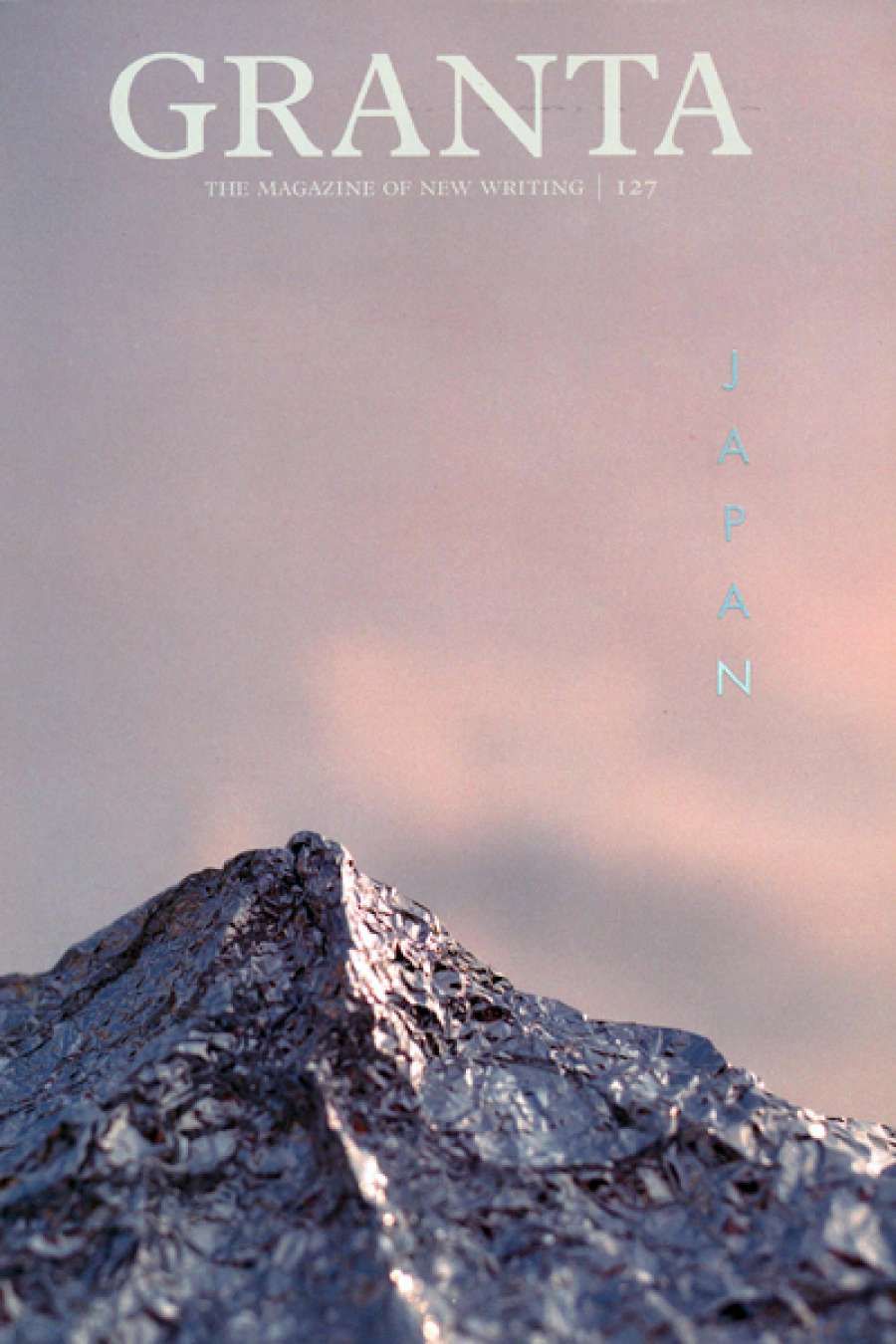
- Free Article: No
- Contents Category: Journal
- Review Article: Yes
- Online Only: No
- Custom Highlight Text:
Granta’s recent offering, a special edition devoted to Japan, is a brilliant homage to Japanese wabi sabi. Editor Yuka Igarashi has selected stories and artwork that challenge the tired stereotypes of Nippon to deliver a series of powerful works exploring wabi sabi’s investment in what Andrew Juniper has identified as ‘impermanence, humility, asymmetry and imperfection’.
- Book 1 Title: Granta 127: Japan
- Book 1 Biblio: Granta, $27.99, pb, 272 pp
The exploration of unreliability is pertinent, given the emphasis on translation. There are eleven translations from Japanese, one from Spanish, and Granta was released simultaneously in English and Japanese. Many award-winning Japanese authors appear in translation for the first time, alongside prominent international authors, most notably Hiroko Oyamada and Ruth Ozeki.
Hiromi Kawakami’s memorable ‘Blue Moon’ follows a Japanese woman, in the wake of a possible cancer diagnosis, who travels to Russia to meet with a haiku circle. She states, ‘All translation is mistranslation … All conversation is misunderstanding.’ Similarly, in ‘Linked’, Ozeki writes about her Japanese grandfather and her attempts to translate and respond to his haiku, ‘in order to make a kind of renga, a linked verse across time’. In Toh EnJoe’s kooky meta-fiction, ‘Printable’, the protagonist imagines his translator translating his work. However, the best story, Yukiko Motoya’s ‘The Dogs’, prioritises liminal spaces, as a misanthrope living with dozens of snow-coloured dogs descends into madness as the dogs ‘gather round [her] like an overcoat, leaving only [her] mouth and eyes exposed’.
In ‘The Beauty Package’, Pico Iyer gets to the heart of the matter when he states, ‘The nature of what’s authentic and what’s not in Japan confounds me.’ Indeed, Yuji Hamada’s brilliant photographic essay ‘Primal Mountain’, exposes the chasm between real and fake in his response to the Great Japanese Earthquake of 1923. His tinselled mountains photographed against the Tokyo sky are crafted from aluminium foil and represent the gap between media reports and reality in this tragedy.


Comments powered by CComment